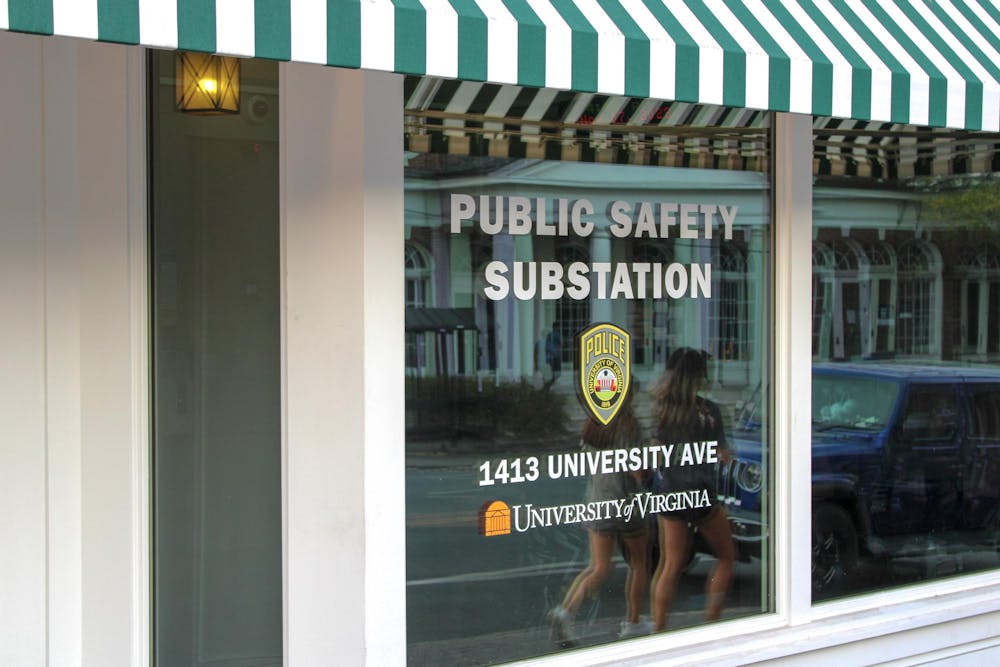The University of Virginia (UVA) was thrust into chaos on Monday afternoon after a false report of an active shooter sent the campus into lockdown, raising urgent questions about campus safety and the growing trend of hoax threats at American universities.
Panic on Grounds: How the Incident Unfolded
At 3:05 p.m. on November 3, UVA’s emergency alert system blasted a chilling “RUN, HIDE, FIGHT” message to students, faculty, and staff. The alert warned of an active attacker with a gun near Shannon Library, prompting immediate lockdown procedures and widespread fear across the university community.
Police responded swiftly, conducting an exhaustive search of the area. By 4:43 p.m., University Police confirmed there was
no evidence of an active shooter—no shots fired, no attacker found. The all-clear was issued, but the emotional toll lingered.
The Rise of False Shooter Reports: A Troubling Trend
UVA’s ordeal is not an isolated event. Over a dozen universities have faced similar false active shooter reports this fall alone, with most incidents clustered in August. These hoaxes have disrupted campus life, drained law enforcement resources, and left students shaken.
Tim Longo, UVA’s associate vice president for safety and security, emphasized the seriousness of the situation:
“The objective is to find out who made the call, who was the source of information that tried to bring chaos to our university. This [was] an unfounded call. There's no basis of fact to believe we had an attacker here, or that there were shots fired.”Inside the Investigation: Who’s Behind the Hoax?
University Police are now working with state and federal partners to trace the origin of the false report. The investigation aims to hold accountable those responsible for sowing panic and disrupting campus life. Experts warn that such hoaxes can have lasting psychological effects and undermine trust in emergency alert systems.
Campus Safety in the Spotlight
This incident has reignited debate about
campus safety protocols and the effectiveness of emergency alert systems. While rapid communication is essential, the UVA lockdown highlights the challenge of balancing swift action with accurate information.
Universities nationwide are reviewing their procedures, seeking ways to prevent false alarms while ensuring genuine threats are addressed immediately. The stakes are high: every minute counts in a real emergency, but false reports can erode confidence and create unnecessary chaos.
What’s Next for UVA and Other Universities?
As UVA investigates the source of the false report, campus leaders are urging calm and resilience. The university joins a growing list of institutions grappling with the fallout from hoax threats—a phenomenon that shows no signs of slowing down.
For students and staff, the message is clear: stay vigilant, trust the process, and support one another. For university officials, the challenge is to adapt, improve, and ensure that safety measures protect without causing undue alarm.
Expert Takeaway: False shooter reports are a disturbing trend that demands coordinated action from universities, law enforcement, and policymakers. The UVA incident is a wake-up call—campus safety is everyone’s responsibility, and the fight against misinformation is far from over.
Sources
1. False report of active shooter placed U.Va. on lockdown Monday
2. Latest Updates on UVA's Response to the Coronavirus
3. Virginia To Host 2025 NCAA Southeast Regional Cross Country Championships
4. UVA Today
5. Office of Public Affairs | The Justice Department Announces Agreement with University of Virginia
6. News and announcements - UVA Library - The University of Virginia
7. Wahoos247 Home - Virginia Cavaliers Football & Recruiting
8. How state funding and new approaches are helping Virginia college ...
9. The Chronicle of Higher Education | Higher Ed News, Opinion ...
10. Highly Cited Researchers - Clarivate
11. Should we worry about filter bubbles? - Internet Policy Review
12. Internet of Things and Privacy – Issues and Challenges
